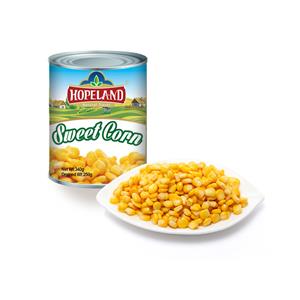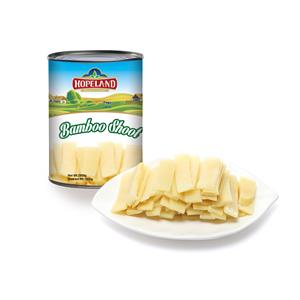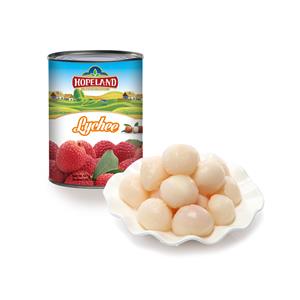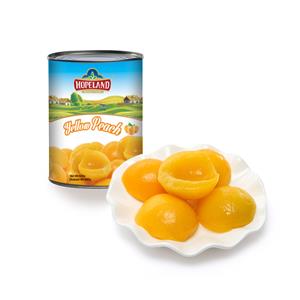How To Eat More Protein in Just 7 Days
Protein is often called the building block of life, and for good reason. Every cell in your body contains protein, and it plays a vital role in building and repairing tissues, producing enzymes and hormones, and maintaining muscle mass. Whether you are trying to lose weight, gain strength, or simply maintain overall health, protein is an essential nutrient you cannot overlook.
Yet many people find themselves falling short of their daily protein needs. In a busy lifestyle filled with processed foods, quick snacks, and carb-heavy meals, it’s easy to miss out on this key macronutrient. The good news is that with some simple planning, you can significantly increase your protein intake in just one week.
This article is your 7-day blueprint for eating more protein. By the end, you’ll not only understand why protein is important but also know how to add it seamlessly into your diet without feeling overwhelmed.
Why Protein Matters
Before diving into the 7-day plan, let’s review why protein is so essential:
Muscle Health and Strength
Protein helps repair and build muscle fibers, making it crucial for athletes, fitness enthusiasts, and anyone who wants to stay active as they age.
Weight Management
High-protein meals keep you fuller for longer, reduce cravings, and stabilize blood sugar levels. This makes it easier to manage weight or stick to a calorie-controlled plan.
Metabolism Boost
Protein has a higher “thermic effect” than carbs or fat, meaning your body burns more calories digesting it.
Hormone and Enzyme Production
From insulin to growth hormones, protein is the raw material for countless processes in your body.
Healthy Aging
Adequate protein intake prevents muscle loss (sarcopenia), supports bone strength, and helps maintain independence in older age.
How Much Protein Do You Need?
The general guideline is 0.8 grams of protein per kilogram of body weight for the average adult. However, if you’re active, trying to lose fat, or build muscle, you may need more—1.2 to 2.0 grams per kilogram is often recommended.
For example:
A 70 kg (154 lb) person may aim for 56 grams of protein as a baseline.
If active or strength training, that same person might target 90–140 grams daily.
The 7-Day Protein Challenge
Here’s a practical plan to gradually increase your protein intake over one week. Each day introduces new strategies and builds on the previous ones, so by the end, you’ll have a protein-rich lifestyle that feels natural.
Day 1: Start with a Protein-Rich Breakfast
Many people begin their day with toast, cereal, or fruit—meals low in protein. Changing breakfast can set the tone for your whole day.
Ideas:
Greek yogurt topped with nuts and berries (20 g protein)
Scrambled eggs with spinach and cheese (18 g protein)
Protein smoothie with whey powder, banana, and almond butter (25 g protein)
Overnight oats with chia seeds and protein powder (22 g protein)
Tip: Aim for at least 20–30 grams of protein at breakfast to kick-start metabolism and prevent mid-morning hunger.
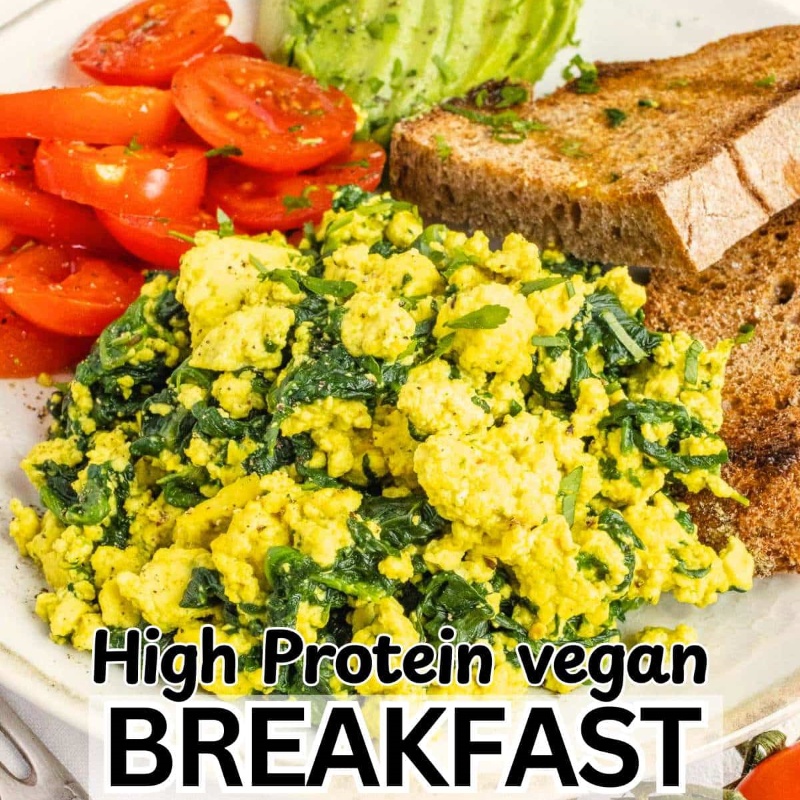
Day 2: Upgrade Your Snacks
Instead of chips, crackers, or cookies, choose protein-focused snacks.
High-protein snack options:
Hard-boiled eggs (6 g per egg)
Cottage cheese with pineapple (15 g per cup)
Roasted chickpeas (10 g per ½ cup)
Beef jerky (9 g per 1 oz)
Edamame (17 g per cup)
Protein bars (check labels for 15–20 g per bar)
Tip: Keep portable options like jerky or protein bars handy for busy days.
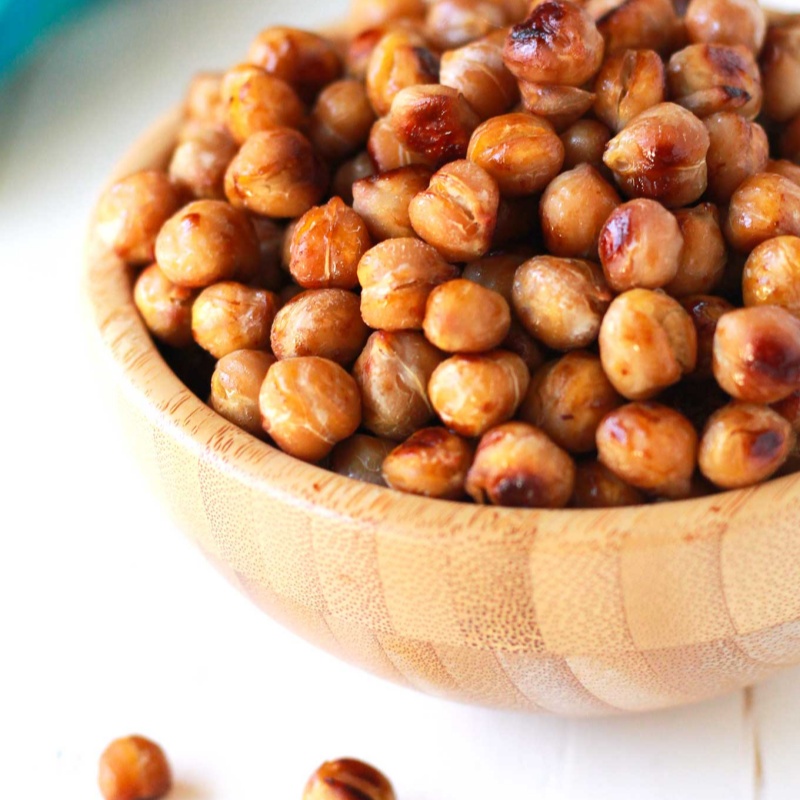
Day 3: Prioritize Protein at Lunch
Lunch is often carb-heavy—think sandwiches, pasta, or rice bowls. Instead, build your plate around a protein source.
Ideas:
Grilled chicken salad with quinoa (30 g protein)
Tuna or salmon wrap with whole-grain tortilla (25 g protein)
Lentil soup with whole-grain bread (18 g protein)
Turkey and avocado sandwich with extra slices of turkey (28 g protein)
Tip: Use the “Protein + Fiber” formula: always pair lean protein with vegetables or whole grains for balance.
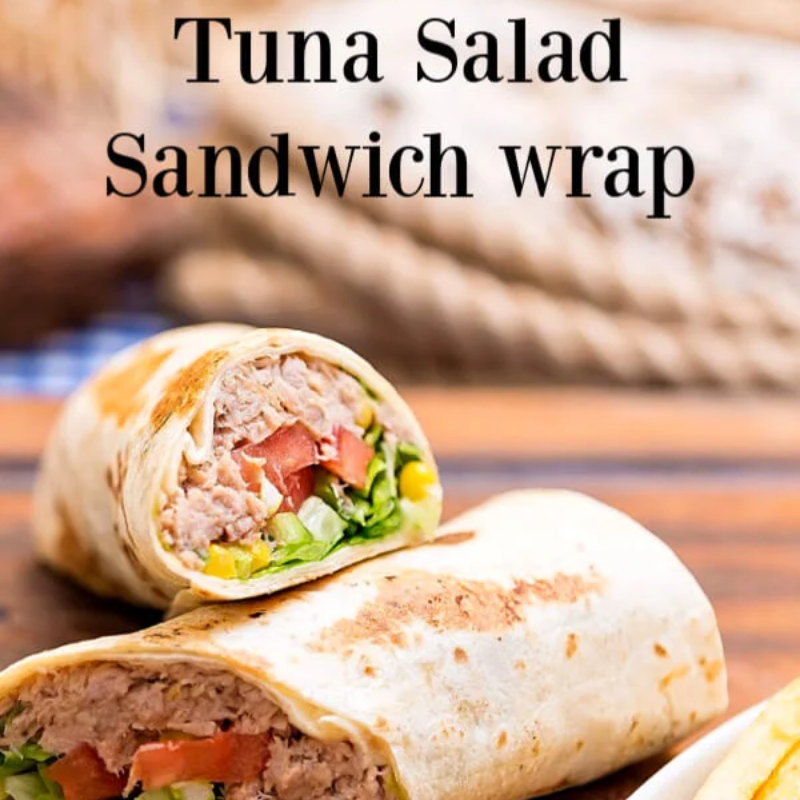
Day 4: Reinvent Dinner
Dinner is the best time to enjoy hearty protein meals. Swap carb-heavy mains for protein-focused dishes.
High-protein dinner ideas:
Grilled salmon with roasted vegetables (35 g protein)
Stir-fried tofu with broccoli and brown rice (28 g protein)
Beef and vegetable stew (32 g protein)
Turkey meatballs with zucchini noodles (30 g protein)
Tip: Cook extra portions to use as leftovers for lunch the next day.
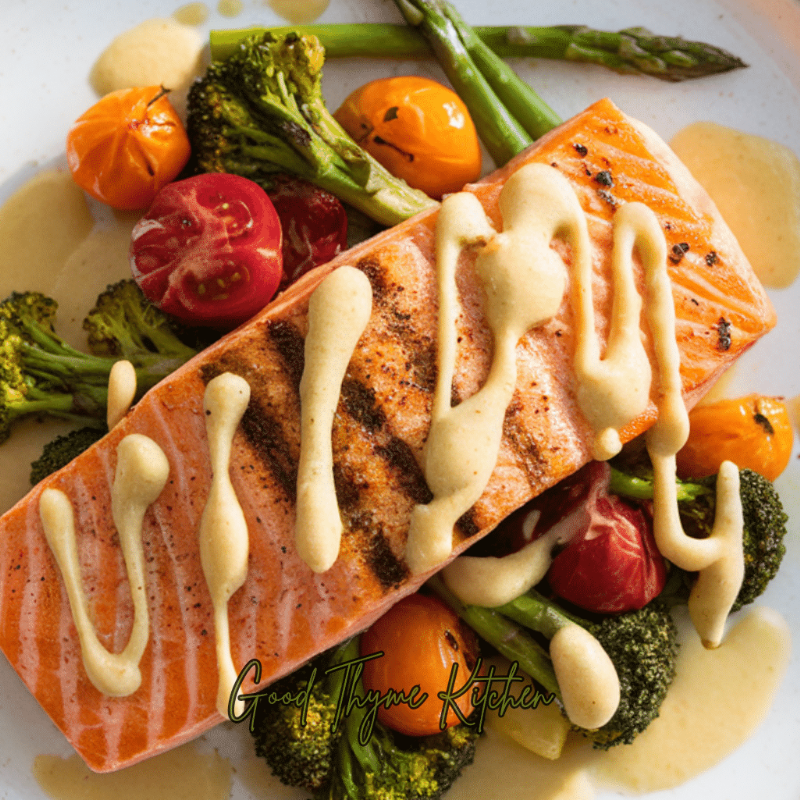
Day 5: Add Protein to Your Drinks
Sometimes eating more protein isn’t about food—it’s about drinks. Protein powders, shakes, and fortified beverages make it easy.
Ideas:
Whey or plant-based protein shakes (20–30 g per scoop)
Collagen peptides mixed into coffee or tea (10 g protein)
Protein-fortified almond milk (10 g per cup)
Smoothies with added Greek yogurt or nut butter (15–25 g protein)
Tip: Use shakes strategically after workouts or when you’re too busy for a full meal.
Day 6: Experiment with Plant-Based Proteins
Animal proteins are great, but plant-based options provide variety, fiber, and micronutrients.
Top plant protein sources:
Lentils (18 g per cup cooked)
Chickpeas (14 g per cup cooked)
Black beans (15 g per cup cooked)
Quinoa (8 g per cup cooked, plus all essential amino acids)
Tofu (20 g per block)
Tempeh (30 g per cup)
Tip: Try one meatless meal today using lentils, beans, or tofu. You’ll discover that plant proteins can be satisfying and versatile.
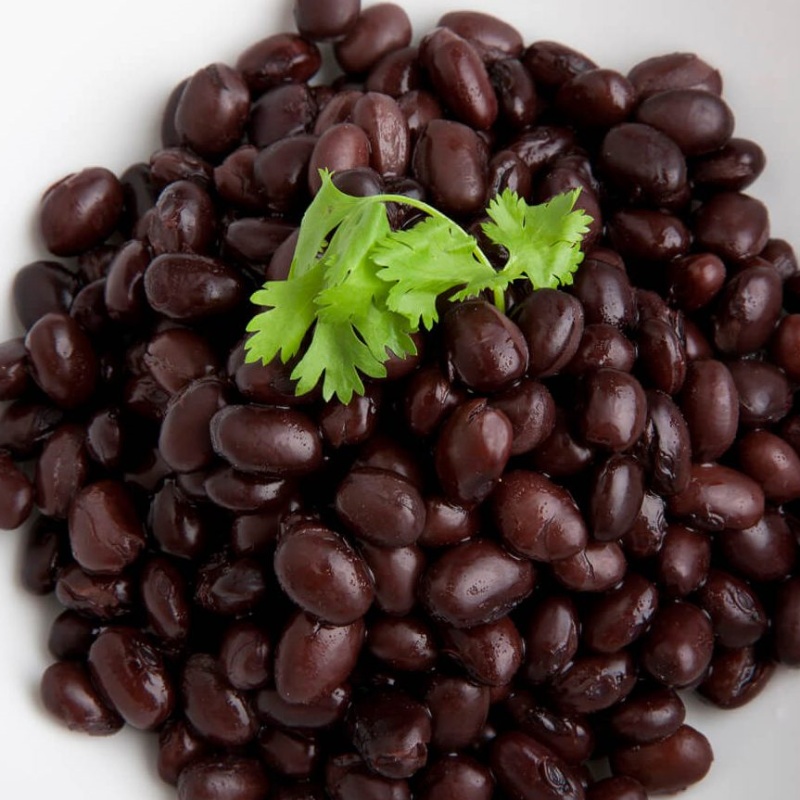
Day 7: Master Meal Prep
By now, you’ve added protein to every part of your day. The final step is sustainability. Meal prepping ensures you don’t fall back into old habits.
Steps for a protein-focused meal prep:
Batch cook proteins – grill chicken breasts, boil eggs, cook quinoa, or roast chickpeas.
Portion snacks – divide nuts, jerky, or edamame into single-serving bags.
Mix & match – keep versatile proteins like canned tuna or cooked beans on hand.
Plan your week – write a simple meal calendar so you hit protein goals daily.
Tip: Aim for consistency. Even if some days are lower, your weekly average should meet your target.
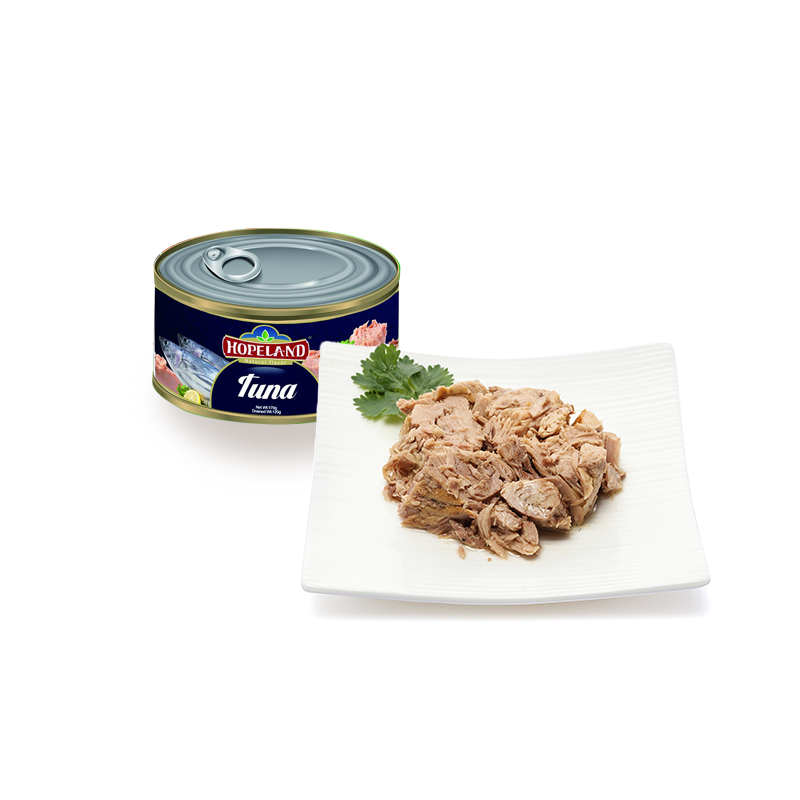
Common Questions About Protein
1. Can you eat too much protein?
Yes, but it’s rare unless you have pre-existing kidney problems. Most healthy adults tolerate up to 2.2 grams per kilogram of body weight safely.
2. Do protein powders work?
Yes. While whole foods should be your foundation, powders are convenient and effective for hitting daily targets.
3. Is plant protein as good as animal protein?
Animal proteins are “complete” with all essential amino acids, while most plant proteins are “incomplete.” However, combining different plant foods (like rice and beans) balances this out.
4. Will protein make me bulky?
Not by itself. Building muscle requires training plus adequate calories. Protein supports muscle repair but doesn’t automatically increase size.
Sample 7-Day Protein-Rich Menu
Here’s a quick example of what a week might look like:
Day 1
Breakfast: Greek yogurt with berries & almonds
Snack: Hard-boiled eggs
Lunch: Chicken quinoa salad
Snack: Protein bar
Dinner: Grilled salmon with broccoli
Day 2
Breakfast: Protein smoothie
Snack: Roasted chickpeas
Lunch: Turkey wrap with avocado
Snack: Cottage cheese with pineapple
Dinner: Beef stir-fry with vegetables
Day 3
Breakfast: Scrambled eggs with spinach
Snack: Edamame
Lunch: Lentil soup with whole-grain bread
Snack: Jerky
Dinner: Tofu curry with brown rice
Day 4
Breakfast: Overnight oats with protein powder
Snack: Yogurt with granola
Lunch: Tuna salad wrap
Snack: Mixed nuts
Dinner: Turkey meatballs with zucchini noodles
Day 5
Breakfast: Protein coffee with toast & eggs
Snack: Collagen tea & boiled egg
Lunch: Chicken and chickpea bowl
Snack: Protein shake
Dinner: Grilled shrimp tacos
Day 6
Breakfast: Cottage cheese with banana
Snack: Black bean hummus with veggies
Lunch: Tofu stir-fry
Snack: Roasted nuts & fruit
Dinner: Lentil stew with quinoa
Day 7
Breakfast: Omelet with cheese and veggies
Snack: Protein bar
Lunch: Grilled chicken sandwich
Snack: Edamame
Dinner: Salmon with sweet potatoes
Final Thoughts
Boosting your protein intake doesn’t have to be overwhelming. By making small adjustments—starting your day with protein, upgrading snacks, prioritizing lean meats or plant-based proteins at meals, and using convenient shakes—you can transform your diet in just 7 days.
The result? More energy, better appetite control, stronger muscles, and a foundation for long-term health.
Remember, the goal isn’t perfection but progress. Even if you only implement a few of these changes consistently, you’ll notice a real difference in how you feel.

